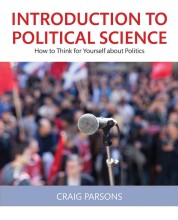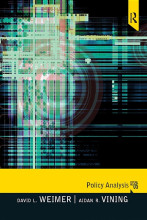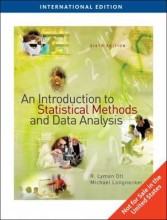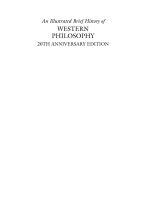Political Violence: War and Terrorism - The rise (and fall?) of major war - War in the bipolar era: globally cold, locally hot
4 important questions on Political Violence: War and Terrorism - The rise (and fall?) of major war - War in the bipolar era: globally cold, locally hot
During the Cold War, it was widely perceived that the global distribution of power had shifted from a multipolar arena to a bipolar situation. This means:
Bipolar = the term for an international system with multiple major centers of power
The USSR claimed control over Eastern Europe, and gathered communist governments into a military alliance. The US did the same with Western Europe. These alliances are called:
During the Cold War, the two sides had reached a point where powerful weapons saved the purpose of deterrence (the use of threats to deter another party from attacking), and entered a state known as mutually assured destruction (MAD), which is:
- Higher grades + faster learning
- Never study anything twice
- 100% sure, 100% understanding
The Cold War produced 'hot' effects by exacerbating lower-level conflicts around the world. Both parties sought allies on all continents and tried to block overtures by their rival. The result was a proliferation of proxy wars:
The question on the page originate from the summary of the following study material:
- A unique study and practice tool
- Never study anything twice again
- Get the grades you hope for
- 100% sure, 100% understanding































